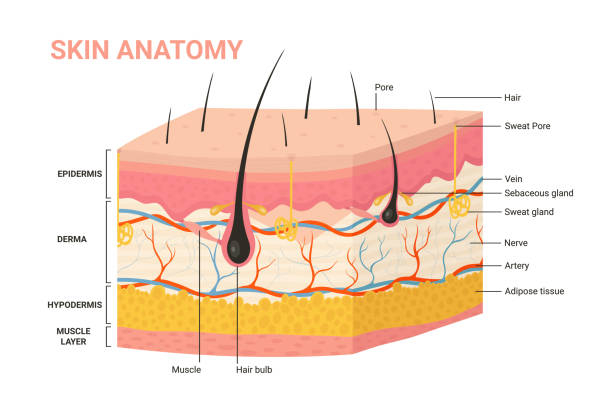What causes a bruise?
Bruises are frequently accompanied with black and blue markings. A bruise, also known as a contusion, forms on the skin as a result of trauma. A cut or a blow to the body are examples of trauma. Capillaries, which are microscopic blood vessels, rupture as a result of the damage. A bruise occurs when blood becomes trapped under the skin's surface. Bruises may happen to anyone at any age. Some bruises emerge with little to no pain and may go unnoticed. While bruises are frequent, it's crucial to understand your treatment choices and whether your situation need immediate medical attention.
A bruise, as a sort of hematoma, is always caused by internal bleeding into the interstitial tissues that does not break through the skin and is frequently induced by blunt trauma that causes damage through physical compression and deceleration forces. Trauma severe enough to induce bruising can come from a variety of sources, including accidents, falls, and operations. Disease conditions such as low or dysfunctional platelets, other coagulation abnormalities, or vascular problems such as venous obstruction caused by severe allergies can result in purpura, which should not be mistaken with trauma-related bruising/contusion. If the damage is severe enough to tear the skin and enable blood to exit the interstitial tissues, the injury is bleeding, a type of hemorrhage. Bruising elsewhere may accompany such injuries.

















